Curly Hair Tarantula Nicaraguan vs. Honduran
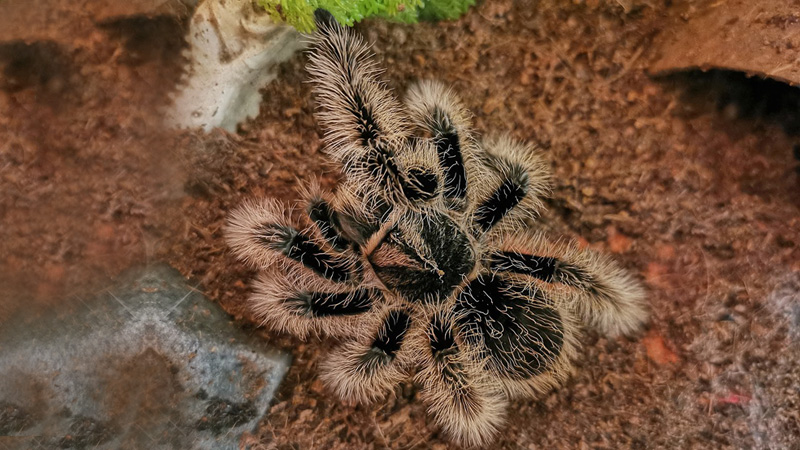
Photo by DigitalLem0n on Wikimedia
The curly hair tarantula (Brachypelma albopilosum) is a popular tarantula species among enthusiasts due to its unique appearance and relatively calm temperament. Within this species, there are two commonly recognized variations: the Nicaraguan curly hair tarantula and the Honduran curly hair tarantula. While they share many similarities, there are also some key differences between the two.
In this article, we will explore the distinctions and characteristics of each variation, allowing tarantula enthusiasts to better understand these fascinating arachnids.
Physical Appearance
One of the most obvious differences between the Nicaraguan curly hair tarantula and the Honduran curly hair tarantula lies in their physical appearance. While both variations have the characteristic thick, curly hair that covers their bodies and legs, their coloration can vary.
The Nicaraguan curly hair tarantula typically has a darker coloration, with a mix of dark brown, black, and grey hairs. This variation often appears more black overall, and the hairs can have a shiny sheen to them. The Honduran curly hair tarantula, on the other hand, generally has a lighter coloration, with lighter brown and tan hairs dominating their overall appearance.
Geographical Origin
As their names suggest, the primary distinction between the Nicaraguan and Honduran curly hair tarantulas lies in their geographical origin. The Nicaraguan curly hair tarantula is naturally found in Nicaragua, particularly in the Pacific lowlands. They inhabit tropical rainforests and are well-adapted to the humid conditions of their environment.
In contrast, the Honduran curly hair tarantula can be found in Honduras, primarily in the Atlantic lowlands. They share similar habitat preferences with the Nicaraguan variation, residing in tropical rainforests or other forested areas with adequate humidity levels.
It is suggested that the Nicaraguan curly hair tarantula has a more pure bloodline compared to the Honduran curly hair tarantula. The Honduran curly hair tarantula is sometimes referred to as the "hobby form," indicating that it may have been subject to crossbreeding at some point in the past.
It's important to note that these claims are based on observations and discussions within the tarantula community and may not be universally agreed upon or scientifically supported.
Size and Growth Rate
When it comes to size, there is no significant difference between the Nicaraguan and Honduran curly hair tarantulas. Both variations reach a similar size, with females typically reaching lengths of 5 to 6 inches and males being slightly smaller, ranging from 4 to 5 inches.
In terms of growth rate, it is generally believed that the Honduran curly hair tarantula tends to grow slightly faster than its Nicaraguan counterpart. This means that, on average, the Honduran variation may reach maturity at a slightly earlier age compared to the Nicaraguan variation.
Behavior and Temperament
Both the Nicaraguan and Honduran curly hair tarantulas have reputations for being docile and calm in temperament. They are generally considered to be among the most relaxed and handleable tarantula species, making them suitable choices for beginners or those who prefer a less aggressive pet.
However, it is important to note that individual tarantulas can have variations in temperament, regardless of their geographical origin. Some individuals may exhibit more defensive behavior or be more prone to flicking urticating hairs when they feel threatened or stressed. Therefore, it is always recommended to exercise caution and assess the temperament of each tarantula individually, regardless of its variation.
Availability and Conservation Status
Both the Nicaraguan and Honduran curly hair tarantulas are widely available in the pet trade. Their popularity among enthusiasts means that they are often bred in captivity, reducing the need to collect individuals from the wild.
In terms of conservation status, both variations are currently listed as a species of least concern by the International Union for Conservation of Nature (IUCN). However, it is worth noting that habitat destruction and illegal pet trade can still pose threats to their natural populations. Responsible captive breeding and conservation efforts can help ensure the long-term survival and sustainability of these beautiful tarantulas. Caring for Nicaraguan and Honduran Curly Hair Tarantulas
The care requirements for both the Nicaraguan and Honduran curly hair tarantulas are quite similar since they share the same species. They require suitable enclosures with a secure lid, proper substrate, and appropriate temperature and humidity levels. The enclosure should offer hiding places, such as pieces of wood or artificial plants, to help the tarantulas feel secure.
Feeding both variations follows the same principles, primarily consisting of appropriately sized live insects like crickets, roaches, and mealworms. Feeding frequency will vary depending on the tarantula's size and age, typically ranging from once to twice a week.
Conclusion
The Nicaraguan and Honduran curly hair tarantulas belong to the same species, there are some distinct differences between the two variations. These differences primarily lie in their physical appearance and geographical origin.
While some enthusiasts claim that the Nicaraguan curly hair tarantula has a more pure bloodline compared to the Honduran curly hair tarantula, it is important to note that this is a subjective distinction and not universally agreed upon. The terms "pure bloodline" and "hobby form" are not widely recognized or accepted within the scientific community.
Both the Nicaraguan and Honduran curly hair tarantulas can make excellent pets, exhibiting similar behaviors, care requirements, and appearance. The choice between the two often boils down to personal preference and availability.
You May Also Like
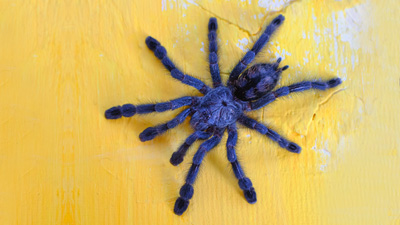 Other PetsAre Cobalt Blue Tarantulas Suitable for Beginners?
Other PetsAre Cobalt Blue Tarantulas Suitable for Beginners?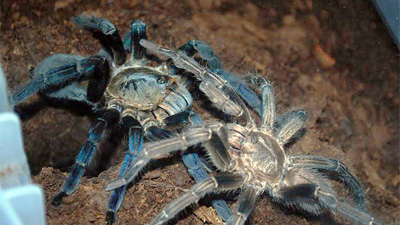 Other PetsThe Price of Cobalt Blue Tarantula in the US ($50 to $200)
Other PetsThe Price of Cobalt Blue Tarantula in the US ($50 to $200)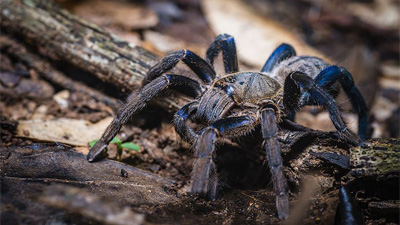 Other PetsWhat Happens if a Cobalt Blue Tarantula Bites You?
Other PetsWhat Happens if a Cobalt Blue Tarantula Bites You?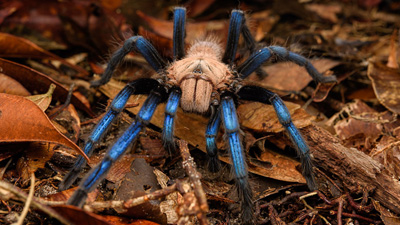 Other Pets10 FAQs About Cobalt Blue Tarantulas
Other Pets10 FAQs About Cobalt Blue Tarantulas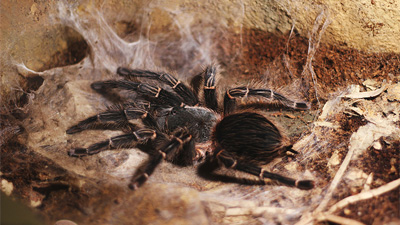 Other PetsWhat Happens if a Pink Toe Tarantula Bites You?
Other PetsWhat Happens if a Pink Toe Tarantula Bites You?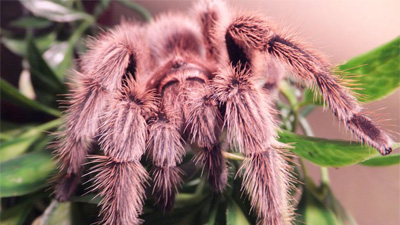 Other PetsWhat Happens if a Rose Hair Tarantula Bites You?
Other PetsWhat Happens if a Rose Hair Tarantula Bites You?